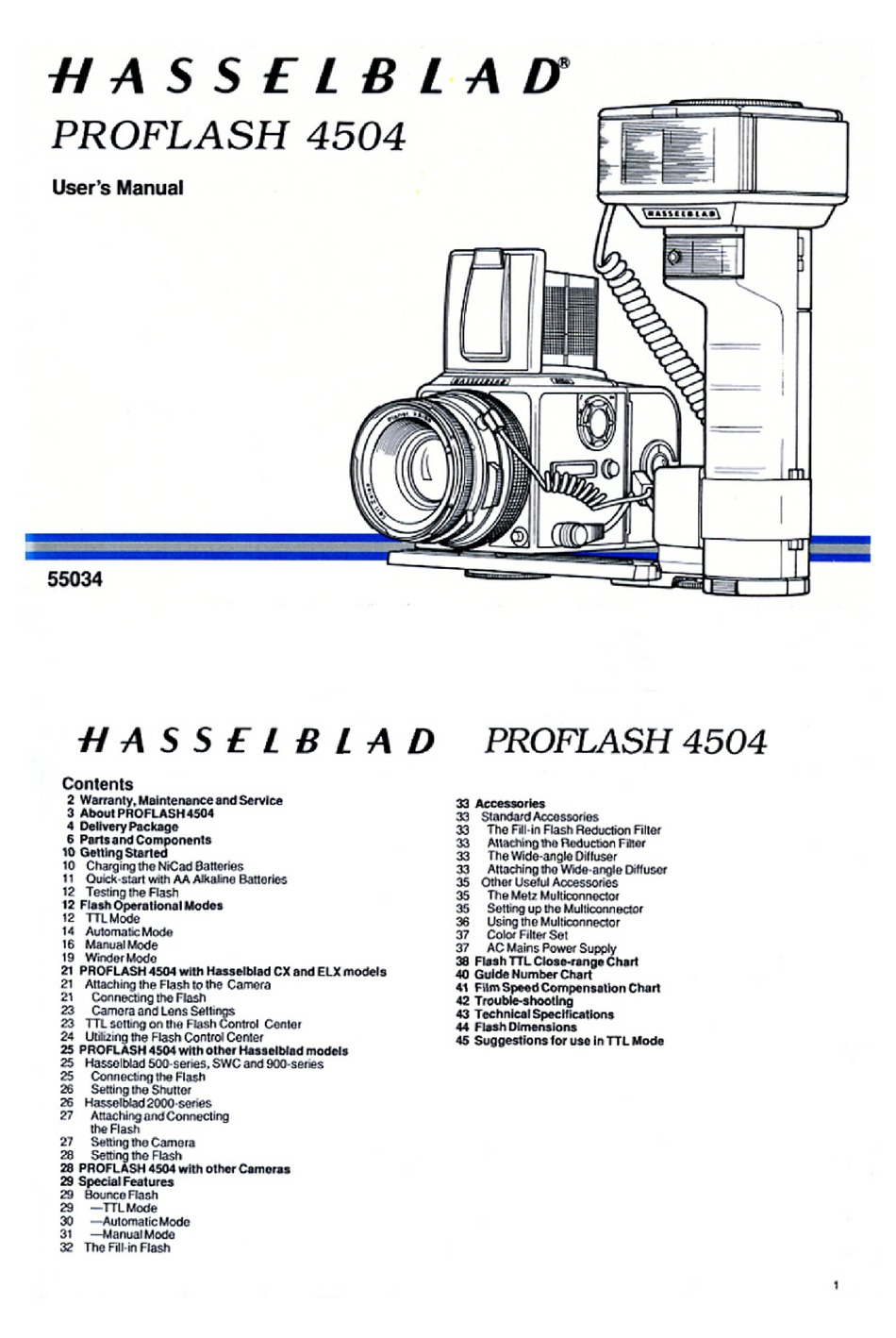

One type of older “manual” magazines (mistakenly described as “C” or “M” type).There are six types/generations of Hasselblad roll film magazines and with two exceptions, they use either 120 or 220 format film: 6.4 Hasselblad Sheet Film holder and cutter (1948-1990).6.2 Hasselblad instant film back types and compatibility.6.1 A quick word on Polaroid Type 80 and Type 100 film.6 Instant film backs and sheet film holders.5 Mythbusting: Matched magazine inserts and shells.3.2 Older film magazines and the V-system.
#HASSELBLAD METER PRISM FINDER INSTRUCTION MANUAL SERIES#
3.1 V-System film magazines and Series One / Two cameras. 3 Hasselblad roll film magazine compatibility. 2.6 Hasselblad A magazine – 3rd generation (1994-2013). 2.3 Hasselblad A-type Magazine – 2nd generation (1990-1994). 2.2 Hasselblad A-type Magazine – 1st generation (1970-1989). 2 Hasselblad roll film magazines in depth.  1.5 Dating your Hasselblad roll film magazine. 1.3 Special purpose / limited run Hasselblad film magazines. 1.1 General-purpose Hasselblad film magazines. 1 Hasselblad roll film magazine overview. You point the dude and you've got a great scene out there to take pictures of.The Hasselblad V-System master guide: film magazines, instant and sheet film backs - EMULSIVE Close Search for: And yeah, we got some great pictures, because it was pretty easy. And we were always pleased that it was useful. There was a lot of scepticism on whether it would be useful at all. Back at the landing site, he used the telephoto lens to photograph a dark crater on Mount Hadley Delta (third photograph). "We had to push very hard to get a 500-mm lens. He captured a debris-filled crater on the opposite wall of the lunar canyon (first photograph) and the lip of the canyon with the mare surface beyond (second photograph). From station 9A on the edge of Hadley Rille, David Scott used the telephoto lens to photograph interesting moonscapes. The first two were taken from station 9 toward the North Massif, with the second showing boulder tracks the third from station 2A toward the South Massif showing boulders and outcrops the fourth from the LM toward the summit of the North Massif, just west of Wessex Cleftĭavid ScottTelephotographs of distant moonscapes, viewed from Station 9A and from the landing site, EVA 3Apollo 15, 26 July - 7 August 1971Four vintage gelatin silver prints on fibre-based paper, each 25.4 x 20.3 cm (10 x 8 in), BLACK NUMBERED in top margins: NASA AS15-89-12070, NASA AS15-89-12106, AS15-89-12175 and AS15-84-11327 (NASA/Manned Spacecraft Center)Footnotes:Apollo 15 was the first mission equipped with a 500-mm lens Hasselblad to document the areas the crew could not explore.
1.5 Dating your Hasselblad roll film magazine. 1.3 Special purpose / limited run Hasselblad film magazines. 1.1 General-purpose Hasselblad film magazines. 1 Hasselblad roll film magazine overview. You point the dude and you've got a great scene out there to take pictures of.The Hasselblad V-System master guide: film magazines, instant and sheet film backs - EMULSIVE Close Search for: And yeah, we got some great pictures, because it was pretty easy. And we were always pleased that it was useful. There was a lot of scepticism on whether it would be useful at all. Back at the landing site, he used the telephoto lens to photograph a dark crater on Mount Hadley Delta (third photograph). "We had to push very hard to get a 500-mm lens. He captured a debris-filled crater on the opposite wall of the lunar canyon (first photograph) and the lip of the canyon with the mare surface beyond (second photograph). From station 9A on the edge of Hadley Rille, David Scott used the telephoto lens to photograph interesting moonscapes. The first two were taken from station 9 toward the North Massif, with the second showing boulder tracks the third from station 2A toward the South Massif showing boulders and outcrops the fourth from the LM toward the summit of the North Massif, just west of Wessex Cleftĭavid ScottTelephotographs of distant moonscapes, viewed from Station 9A and from the landing site, EVA 3Apollo 15, 26 July - 7 August 1971Four vintage gelatin silver prints on fibre-based paper, each 25.4 x 20.3 cm (10 x 8 in), BLACK NUMBERED in top margins: NASA AS15-89-12070, NASA AS15-89-12106, AS15-89-12175 and AS15-84-11327 (NASA/Manned Spacecraft Center)Footnotes:Apollo 15 was the first mission equipped with a 500-mm lens Hasselblad to document the areas the crew could not explore. 
Schmitt took the photographs with the Hasselblad equipped with the 500mm telephoto lens. The crest of the highest mountain, the South Massif, rises 2,500 meters above the valley floor. The height of these massifs gives the valley a depth greater than that of the Grand Canyon in the United States. Large massifs are located on either side of Apollo 17's landing site in the 7-km wide valley of Taurus-Littrow, called the North and South Massifs, respective to their geographic location in relation to each other. Telephotographs of the moonscape at Taurus-Littrow siteįour vintage gelatin silver prints on fibre-based paper, each 25.4 x 20.3 cm (10 x 8 in), BLACK NUMBERED NASA AS16, NASA AS15, NASA AS15 and NASA AS15 in top margin (NASA Manned Spacecraft Center)







 0 kommentar(er)
0 kommentar(er)
